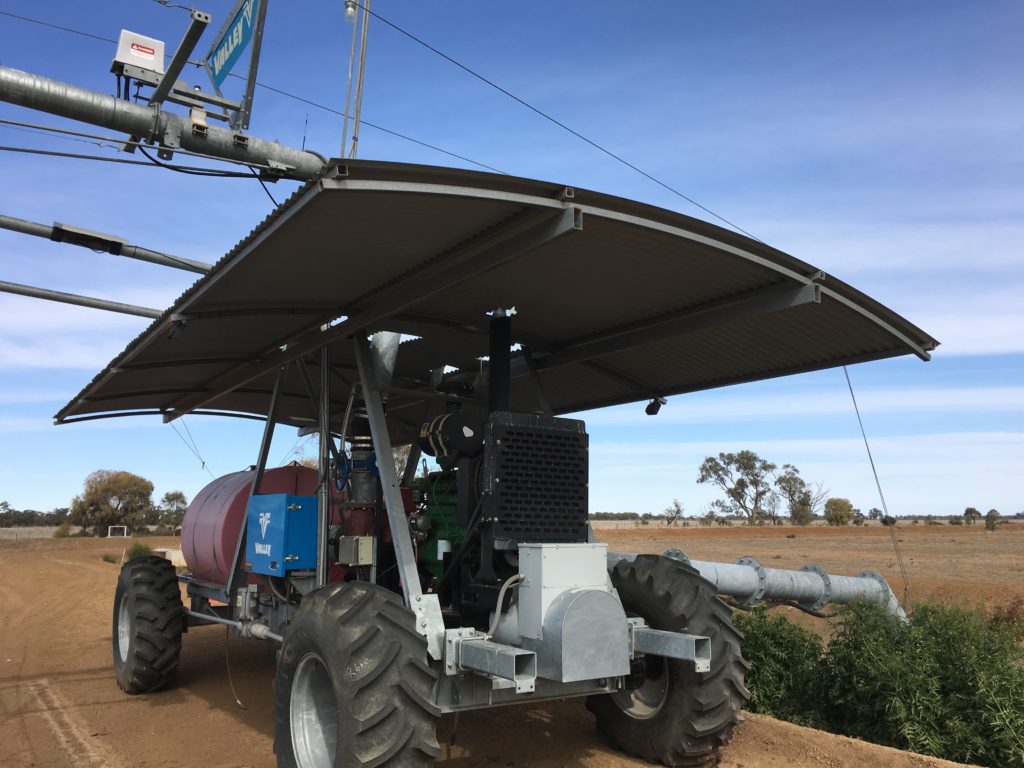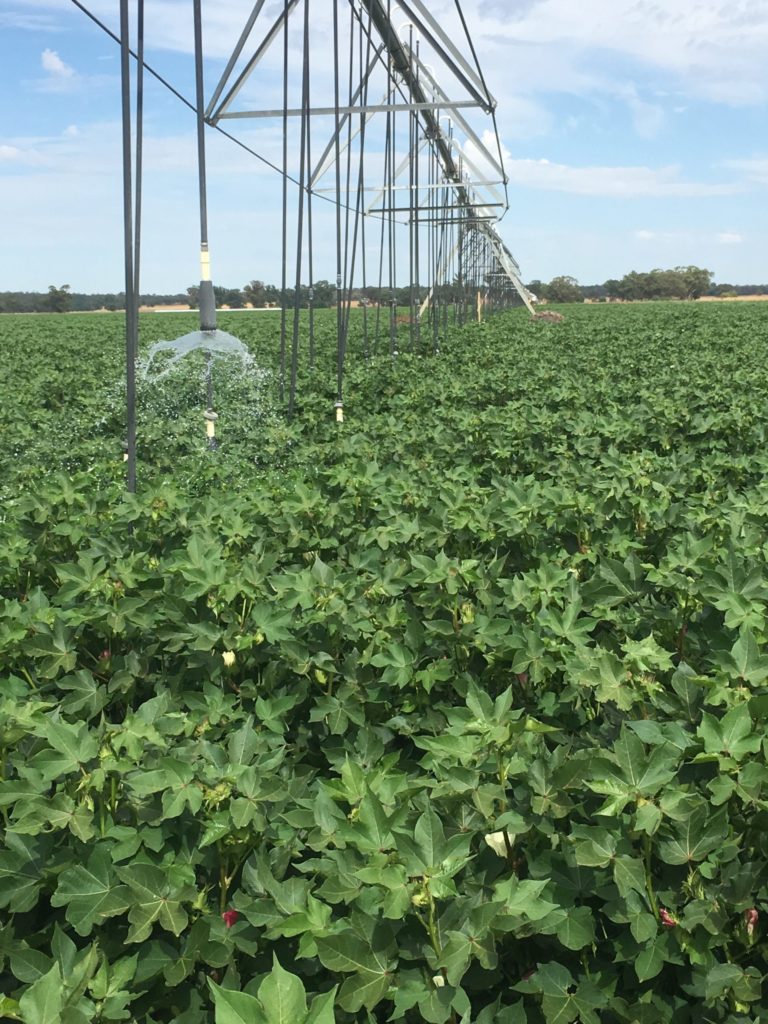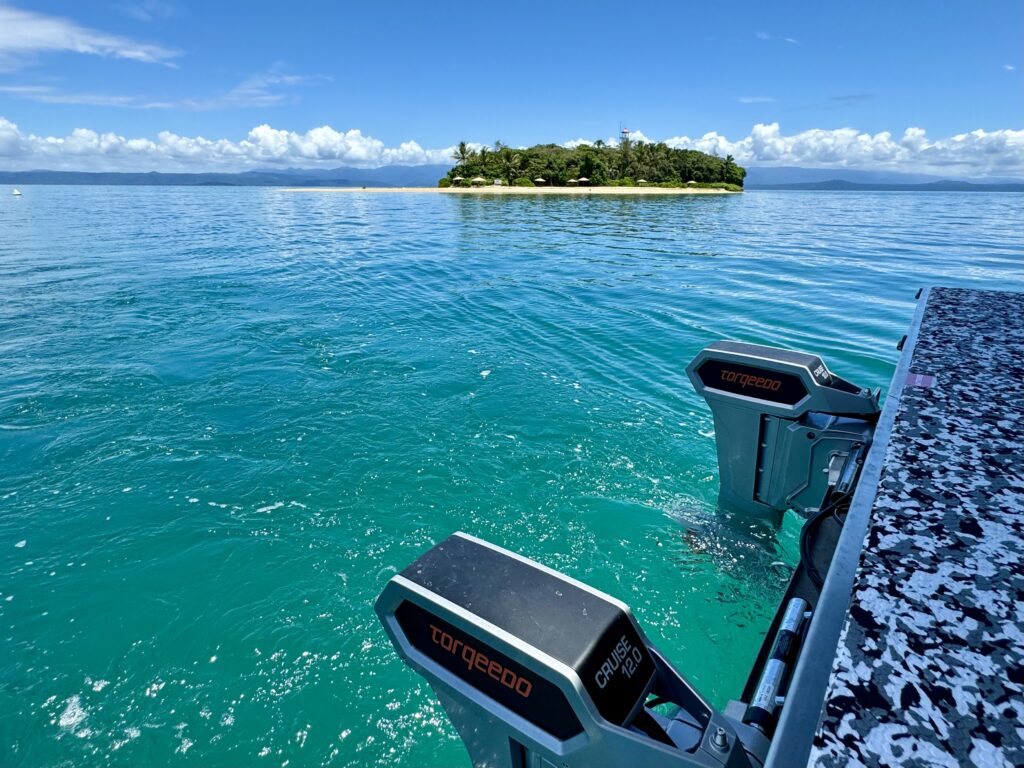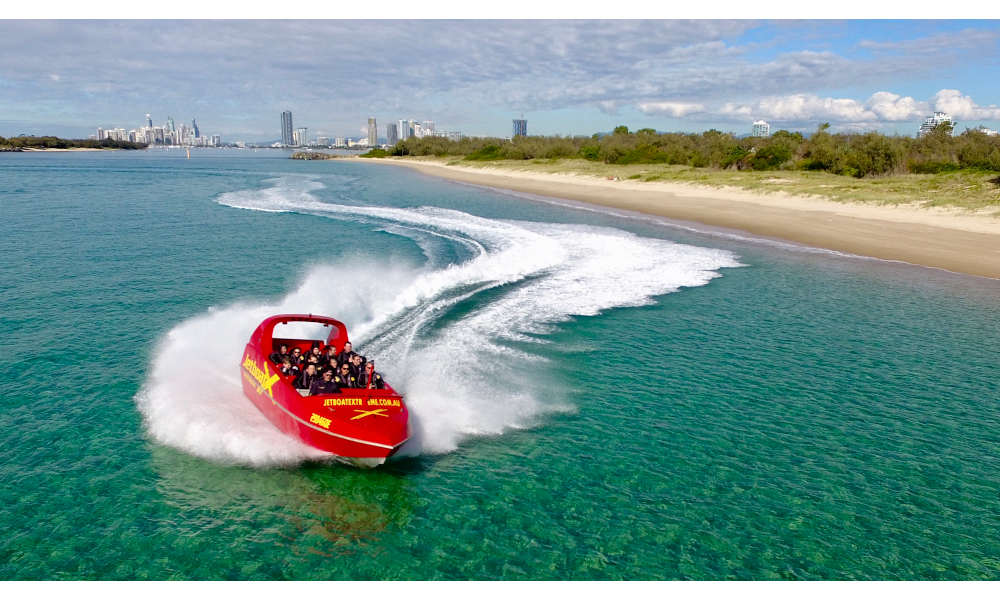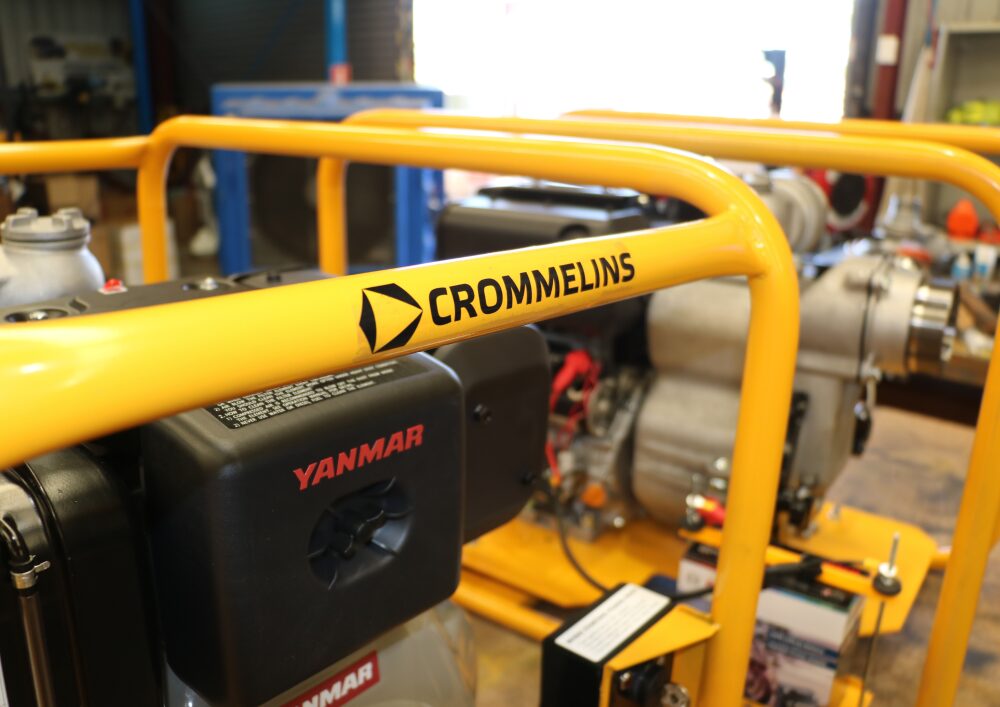If you need to irrigate up to 2,000 hectares of cotton and grain crops, you’re not only going to be moving a serious amount of water, you’ll need machines that work hard to do it, (sometimes 24 hours a day!). That’s the task being delivered by a variety of John Deere engines on Rob and Susannah Tuck’s farms in Central West New South Wales.
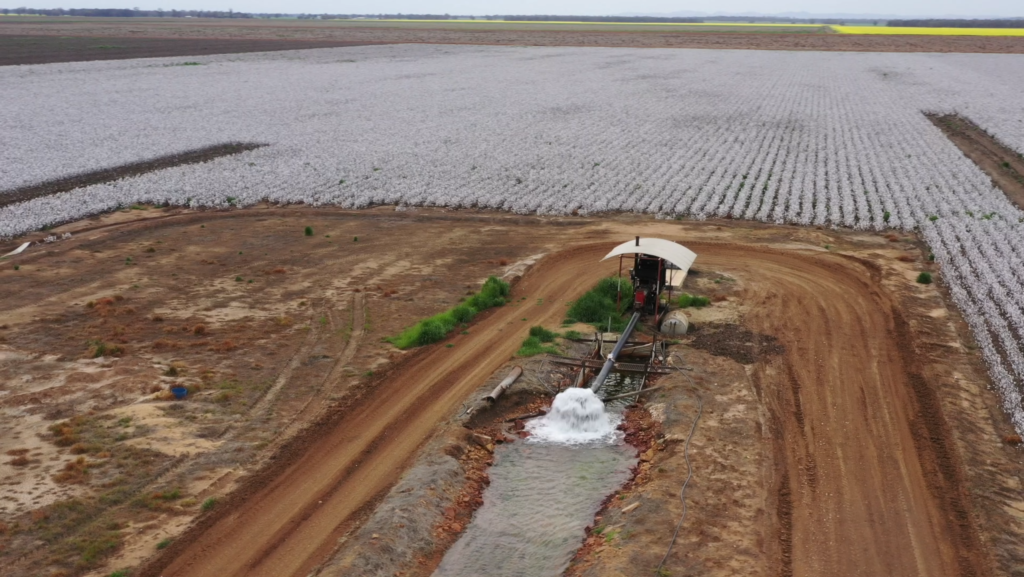
“Water is our most valuable resource in this country,” affirms Rob Tuck, chief of the TuckAg family corporate farm operation in the Narromine district of Central West New South Wales.
While waiting for rainfall dictates the dry land farming across well over half of TuckAg’s 10 farms in the Macquarie Valley, up to 2,000 hectares of these holdings are also irrigated for crops including cotton, canola and other specialty grain or livestock feed crops.
The big green John Deere machines that work soil and crops in this kind of broad-acre country are the obvious champions of the long-established brand, but some of the true legends of this farming story don’t turn tyres or have steering wheels.
“Our bigger John Deere engines, (typically the 13.5 litre engines), drive production bores – they’re bringing ground water from up to 90 metres below the surface,” explains Rob.
“Other engines are driving pumps which are moving tail water (recycling flood irrigation) or driving lateral irrigators.”
There are 14 John Deere stationary engines employed across TuckAg farms. These proven machines include the 4045, 6068, 6090 and mighty 6135 models. Those are engines with outputs from 38KW to an impressive 491KW!
“The 13.5’s, (Rob is referring to the 13.5 litre, 6135 John Deere industrial engines), are a brilliant engine,” he says. “They help us get the majority of our allocated water onto the farms.”
Each of the John Deere stationary engines on the TuckAg farms deliver their work with unique advantages and the 6135 is a prime example of what makes John Deere engines perfect in their various applications. The diesel-powered, six-cylinder 491kW muscle in this engine is delivered by a 13.5 litre fixed geometry turbocharged and intercooled engine with an electronic fuel system. The electronic EUI fuel system gives improved fuel consumption with reduced exhaust emissions
All the engines in the John Deere lineup incorporate the same proven large capacity, long stroke, low speed design features that have characterized John Deere engine design for many years.
The John Deere stationary engine range covers an output range from 38 > 491kW – this power range is covered by engine capacities ranging from 4.5 to 13.5 litres. Engine outputs up to 138kW are achieved with mechanical fuel systems. For engine outputs above 138kW, electronic fuel systems are fitted
All these features add up to engine packages that give great reliability, best available fuel economy and reduced exhaust emissions, along with the best back up service via local John Deere dealers.
In short, John Deere provides precisely what a big, long-running-hours pump engine needs!
Like any good farmer though, Rob Tuck is not only practical, but pragmatic when it comes to the machinery on his farms; “The first money you spend on farm equipment is the best money – buy quality first up and it will pay dividends.”
With fuel consumption in dry years hitting around the 2-3 million litre-mark across the TuckAg operation, you can bet efficiency is high on the agenda when it comes to Rob’s decisions on which engines to employ. No doubt the best-in-class fuel efficiency delivered by the 6090 model engines used by TuckAg have helped make the decision for Rob to change all his stationary and irrigator engines to John Deere eventually.
With all engines run to around the 25,000 hour mark before replacement, Rob’s eyes are not only on fuel efficiency. Serviced by long-time John Deere agent Hutcheon and Pearce, Rob says there is no substitute for reliability and local support.
“Hutcheon and Pearce are an agent for John Deere and they’re nearby, which saves a lot of hassle,” Rob says. “We know we can always get whatever filters or parts we need and we can always get a mechanic out if we need one – that makes a big difference in this kind of operation.”
Considering TuckAg’s farms are spread over a 40 kilometre radius, there’s enough travelling to do in the daily business of agriculture already for Rob Tuck and his farm hands. Travelling hundreds of kilometres for parts or repairs is certainly not a preferred option!
TuckAg’s John Deere-powered pumping equipment is also helping turn land that was once considered not worth irrigating into productive acreage.
Utilising sub-surface drip irrigation, TuckAg has been successful in turning the red sandy soils of their district into viable irrigated land – delivering water savings of around 50 per cent and increasing crop yields by up to 25 per cent. Fertiliser usage has also been reduced using this technique, reducing costs.
Take a moment to look up “TuckAg” on YouTube and you will see other ways in which Rob Tuck and his family are employing technology, smarter thinking and good equipment to make their operation more efficient, safer and viable into the future.
You will even see a few of TuckAg’s John Deere engines working hard in those videos, a picture we’ll no doubt be seeing more of in the near future with Australia’s forward-thinking farmers.
